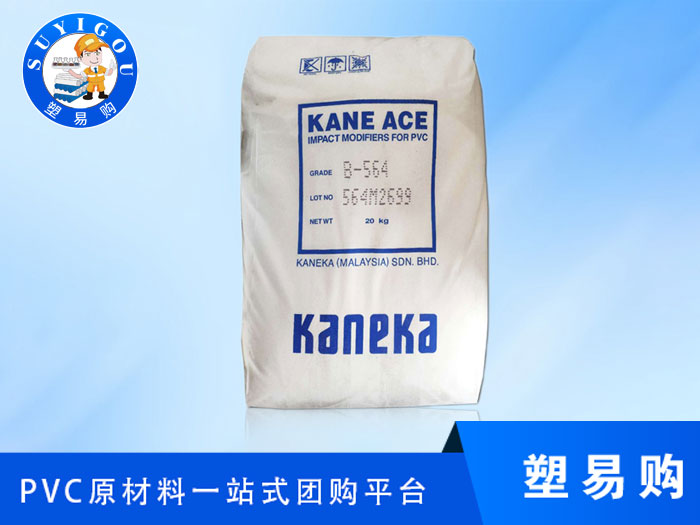MBS additives are commonly known as MBS materials. As one of the most important impact modifiers for PVC, MBS material can maintain the transparency of PVC to the greatest extent while toughening, and at the same time, compared with other impact modifiers, under the same dosage It can greatly improve the toughness of products, so it is widely used in the processing and application of engineering plastics such as PVC and PBT/PC.
Impact modifier
PVC impact modifier MBS material, as one of the most important impact modifiers for PVC, MBS material can maintain the transparency of PVC to the greatest extent while toughening, and at the same time with other impact modifiers Compared with the same amount of additives, the toughness of the product can be greatly improved, so it is widely used in the processing and application of engineering plastics such as PVC and PBT/PC.

Mechanism
The reason why the material in the glass state (such as PVC material) causes the material to fail under the action of stress is the forced high elastic deformation of the material. If there are impurities, fillers, voids, bubbles and other structural defects in the deformed part, the stress is easy to concentrate in the weak part, so that the rupture develops rapidly, resulting in the material being destroyed when the strength is much lower than the theoretical average strength. Pure PVC material is a brittle material, and the continuous glass phase cannot prevent the violent expansion of cracks under the action of stress, and finally forms gaps and cracks, so the impact resistance is poor. To improve the impact resistance of brittle materials, rubber toughening is widely used. Since the 1950s, people began to study the rubber toughening mechanism of materials, and successively put forward various theories, such as direct energy absorption theory, yield expansion theory, crack core theory, craze-shear band theory and craze branch theory Chemical theory, etc., and continue to develop and improve, and gradually establish a preliminary theoretical system of rubber toughening mechanism. Two important conclusions are drawn from the above theories, one is that the impact strength of the toughened material is an exponential function of the number of rubber particles in the system; the other is that to make the rubber particles effectively branch the craze, the diameter should not be less than the thickness of the craze , otherwise it will be buried in the craze and will not work.
MBS material is a functional polymer material synthesized on the basis of particle design concept. It is a ternary polymer obtained by emulsion graft polymerization. It has a typical core-shell structure in submicroscopic morphology. It is a styrene-butadiene rubber core with a low shear modulus that is cross-linked, mainly to improve the impact toughness of the polymer. The shell is a hard shell layer formed by grafting styrene and methyl methacrylate. The main function of MMA in the shell layer is to improve its compatibility with PVC, so that MBS can be uniformly dispersed in the PVC body; St is mainly to improve MBS The refractive index of the material is so that MBS has a refractive index similar to that of PVC, so MBS material is a typical particle-dispersed toughening modifier. It is semi-compatible with the two phases of PVC, that is, it has good interfacial compatibility with the PVC material, and keeps the particle shape intact in the PVC/MBS system. When the amount of MBS added is small, it has good dispersibility in PVC and is spherical particles, and cannot form a dispersed "sea-island" structure, which cannot transmit impact energy, and the toughening effect of the material is not good. With the increase in the amount of MBS material added, the dispersed particles gradually agglomerated to form a sea-island structure. When the material is impacted by external force, the rubber core in the MBS material is the stress concentration point, causing it to deform and induce crazes and shear bands around it. The transition from brittle fracture to ductile fracture, so as to achieve the purpose of toughening.
Contact:
+86 13662789083/Miss zhengContact:
+86 13620073040/Mr. QianAddress:
Dongguan City Zhongtang Town Daxinwei RoadAbout us
-Company Profile -Company image -Video -Customer -Contact usProduct
-Plasticizer -Stabilizer -CPE -Stearic acid -More...Applications
-Resin tile application -Pipe and Fitting Application -Profile application -Cosmetic application -More...News
-Knowledge -Industry -QuestionMobile terminal
WeChat QR code
Applets